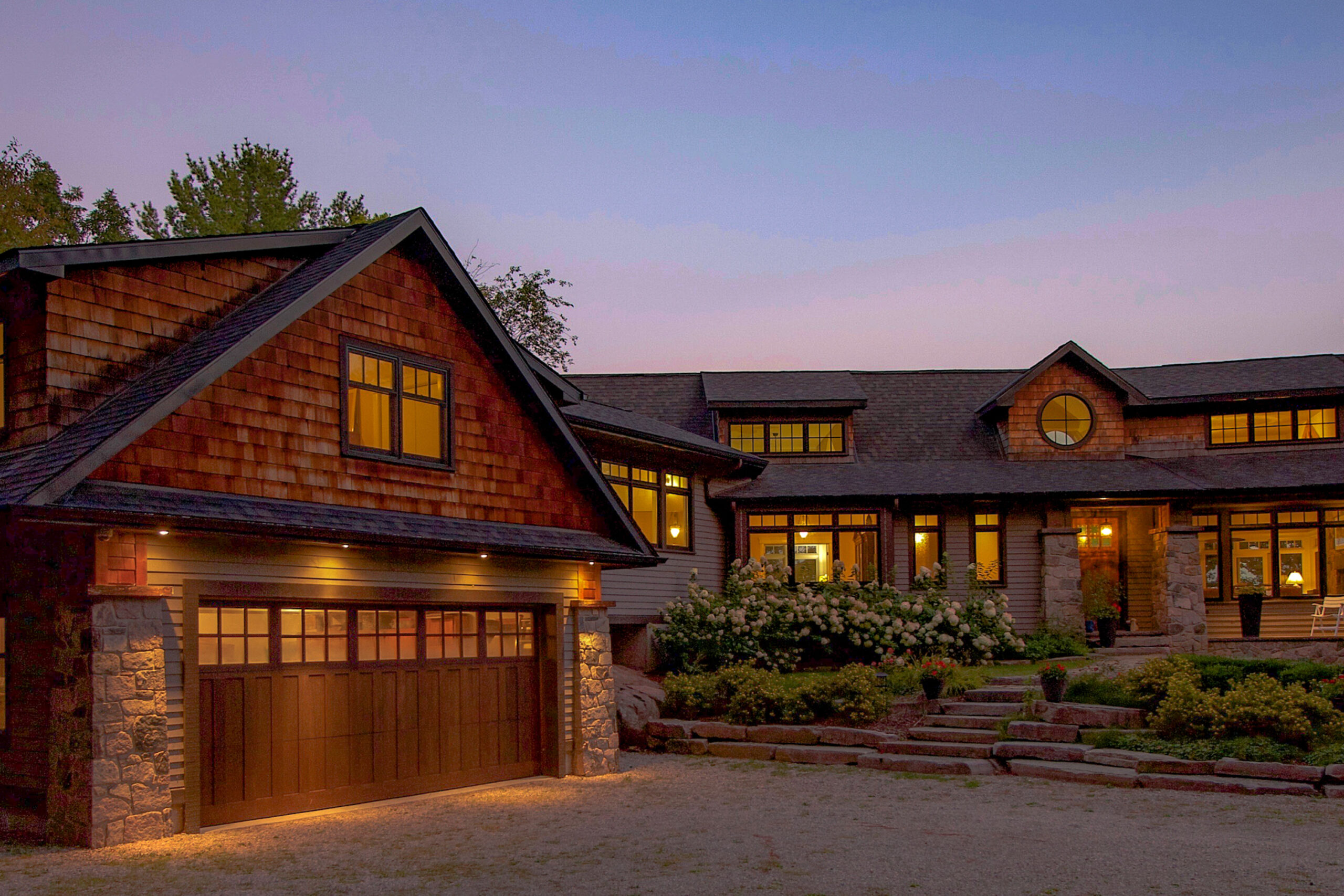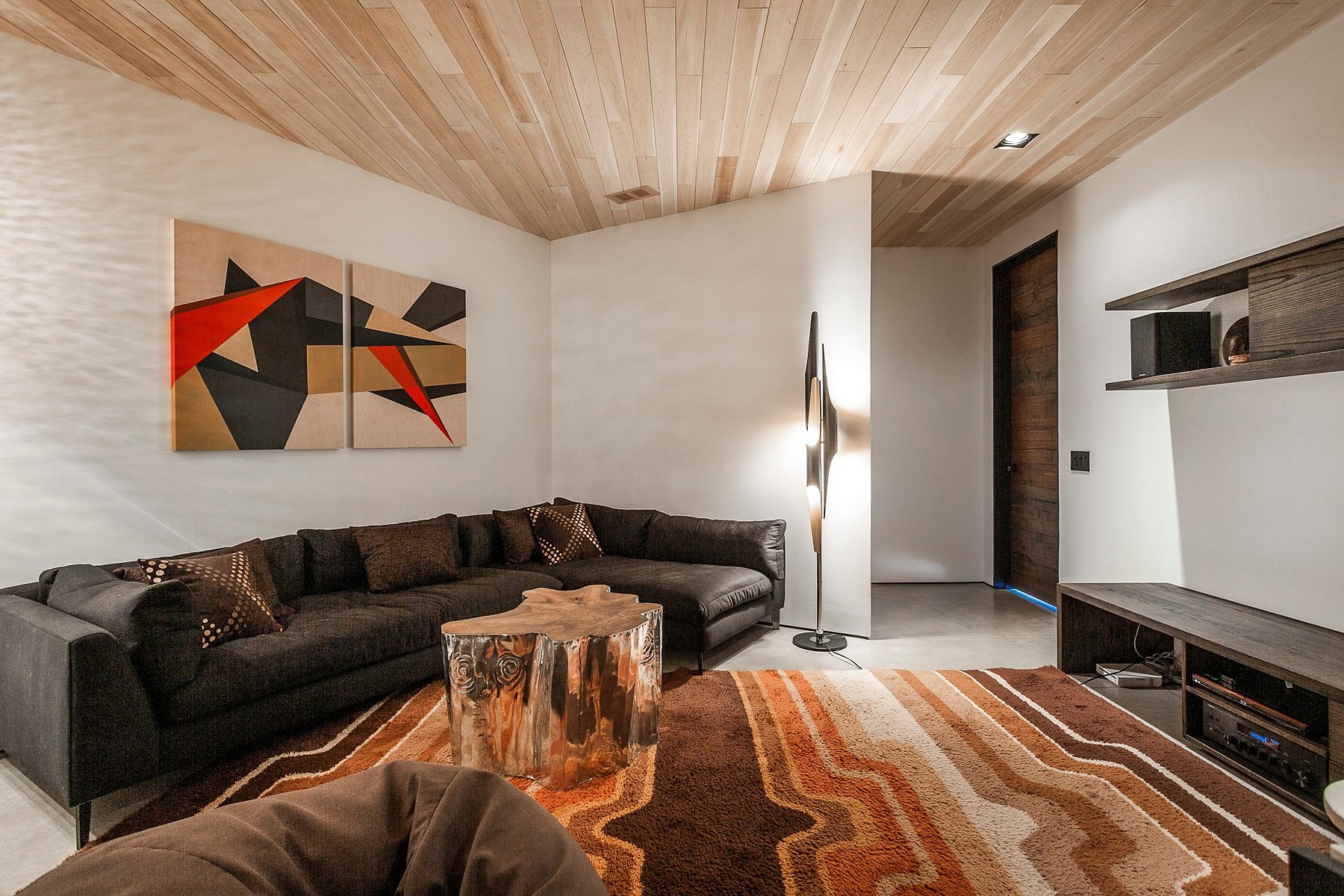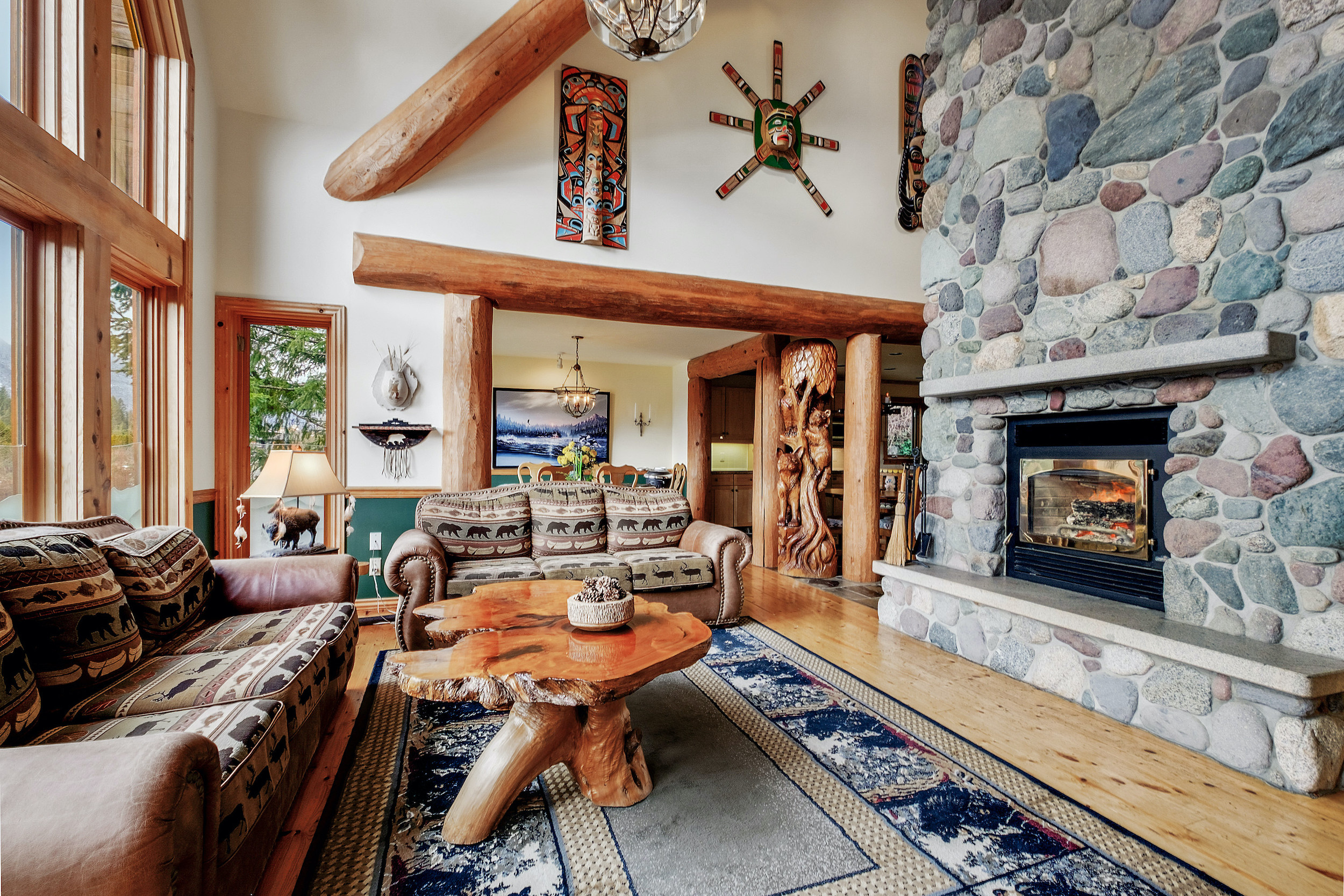As more people become increasingly aware of the effects of our energy consumption on climate change, homeowners are choosing to adopt more sustainable design solutions. Creating a welcoming, stylish home is now as much about putting thoughtful care into responsibly sourced furnishings as it is about picking pieces that suit you and your family’s needs. Conscientious, sustainable interior design is all about balancing these impulses—it’s about making smart choices for the environment without having to sacrifice beauty or function.
As architects and developers have been finding new, innovative ways to implement sustainable practices into building design, so too have designers been embracing the eco-conscious movement and bringing it to interiors the world over. Just in time for Earth Day, these suggestions for how you can choose to enhance your home’s interior eco-friendliness range from repurposing existing materials to thinking on a more local scale, all while keeping beauty at the forefront of design.
Choose Responsible, Local Furniture Companies
When buying new furniture, there are a few steps you can take to reduce your impact on the environment. Choose pieces from local companies that are dedicated to sustainable interior design—these brands are more likely to use ethical, responsibly sourced materials, but they’ll also have a low-waste and low-pollution logistics and shipping mandate. Selecting made-to-order pieces will reduce the likelihood that unbought stock will be sent to the landfill, and will ensure that your new credenza or lounge chair was produced with a minimal amount of materials. Look for companies that use deadstock fabrics and repurpose scraps in place of mass-retailers that produce in excess of demand. Furniture created by local, sustainable brands is also more likely to be high-quality and be up-to-date in its design.
Rework Vintage Finds
For those who prefer to reduce manufacturing demand and keep already existing pieces in circulation, sourcing vintage furnishings and décor is the most sustainable option. Look for timeless, quality vintage pieces like mid-century modern sideboards or designer Italian leather chairs from the 1980s. Shopping for vintage and upcycled furniture is an art in itself, so consult with an antique dealer before heading to any markets. Rework vintage pieces with the help of local craftspeople to give furnishings a modern refresh, while keeping storied, timeless furniture out of the landfill. A simple reupholstering or paint job is an easy way to invest in quality antiques while giving your home a stylish and sustainable update.
Switch to Eco-Friendly Fabrics
When it comes to the fabrics in your home—from rugs and bedding to curtains and throw blankets—the most environmentally friendly option is to make the switch to natural fibres. Opt for materials like linen, cotton, wool, jute, and hemp, especially recycled or certified blends, which are more sustainable than synthetics. Investigate labels and be discerning when it comes to the use of natural dyes. Look for fabrics with GOTS (Global Organic Textile Standard) certification, meaning that they meet the high processing standards set for organic materials, including their ecological and social impact. Curtains and drapes will also help with your energy footprint: use them to reduce the amount of interior heat lost through window panes in colder seasons, and to block direct sunlight in summer, reducing the need for air conditioning.
Update Your Light Fixtures
Committing to a more sustainable design approach is about caring what materials go into your goods as well as the day-to-day impact those products have on the environment. Opting for energy-efficient lighting fixtures will make a notable difference in the energy consumption in your home, an essential change for those concerned about design’s impact on the environment. Replace your old incandescent bulbs—which use more energy, and thus increase the cost of your monthly electricity bill—with LED bulbs to start. Choose stylish lighting fixtures constructed with recycled materials, and position furniture and other design elements to enhance natural light as much as possible.
Incorporate Artisan-Made Home Goods
Supporting independent artists is an eco-friendly and ethical way to bring beauty into your home. Handcrafted items like throws, weavings, and ceramics created by local artists are a more environmentally friendly option than buying from mass-market retailers, and, depending on your selected item, are more likely to be one-of-a-kind. Artists that work on a small scale are more able to focus their efforts on using sustainable, locally-sourced materials and time-honoured skills, and investing in their work means you’re supporting smaller businesses while adding considered artworks to your home.
Eco-conscious design is changing the way we think about decorating and furnishing our homes. Keeping sustainability in mind when designing your interiors starts with sourcing ethical materials and supporting conscientious companies who are doing the work to reduce our negative impact on the environment—acts that ultimately lead to a healthier society and a more sustainable future.
Find your next sustainable abode from among these eco-conscious listings.
This article was originally published on Sotheby’s International Realty’s Extraordinary Living Blog and has been adapted for Sotheby’s International Realty Canada.








